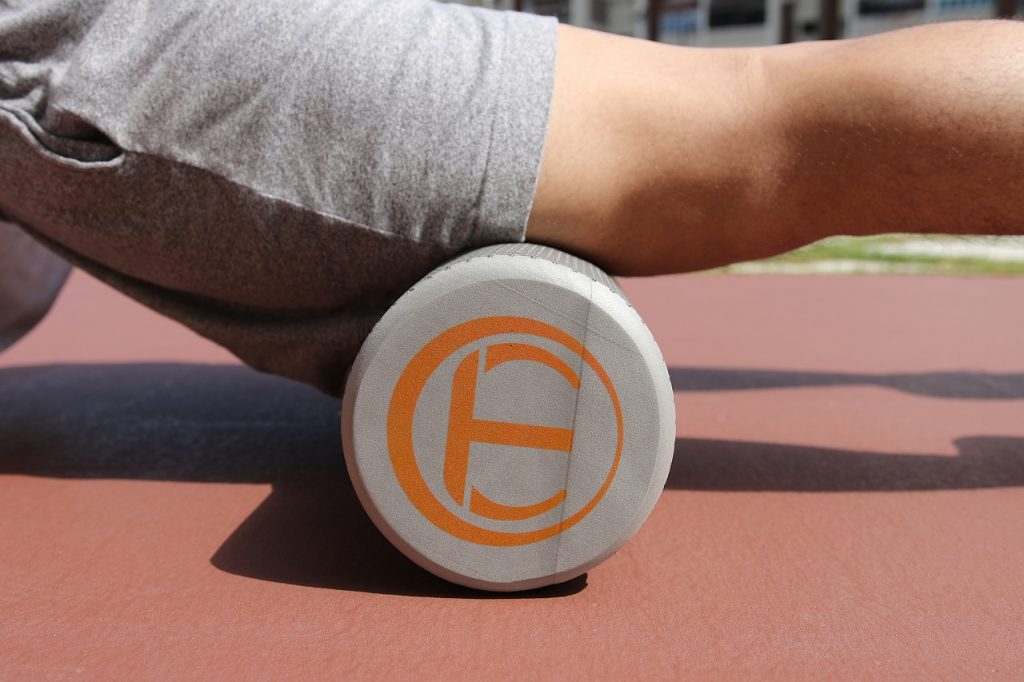Self‑Myofascial Release Does Not Release Myofascia
Self Myofascial Release is a term commonly used for the self-application of foam rollers or rolling massagers or balls to aid in the recovery of muscles from exercise or pain. The idea is to use one’s bodyweight to press against the roller over targeted muscles, treating trigger points or tight muscles.
Research literature have found the beneficial aspects of foam rolling, which include decreasing myofascial pain, increasing range of motion (ROM), improving recovery from exercise-induced muscle injury, and enhancing sports performance. These positive effects are commonly attributed to releasing myofascial restrictions or adhesions or scars. However, the mechanism of rolling massage is still unclear.
Researchers David Behm and Jan Wilke wrote a review clarifying the mechanism of rolling massage. They found that
- Myofascial tone can be modulated with rollers by changes in thixotropic properties, blood flow, and fascial hydration affecting tissue stiffness.
- There is some evidence suggesting local tissue-specific effects, such as an increased in blood flow, altered connective tissue thickness, and decreased tissue stiffness. However, these effects do not mean that rolling can change the myofascia. A study showed that that foam rolling on the gastrocnemius increased ROM of the ankle, but there is no observed changes in fascicle length and aponeurosis displacement.
- Manual forces are typically not sufficient to directly deform connective tissue (especially strong fascia such as the iliotibial band). The change in stiffness could be due to the stimulation of proprioceptors or local hydration changes. Most studies that show the decrease in muscle stiffness show a progressive decrease of stiffness but not immediately post-foam rolling. This delay corresponds to the hydration dynamics.
- It is most likely that the rolling induces neuromodulatory responses, particularly in the decrease of pain. Studies have demonstrated that foam rolling has a cross-over or non-local effect. Rolling on a leg can decrease muscle pain in the untreated contralateral leg. Similarly rolling on one leg can increase the flexibility of the untreated contralateral leg. Thus, the increase in ROM is mostly due to increased stretch tolerance with the activation of global pain modulatory responses such as DNIC and gate control theory. There’s also increased parasympathetic nervous system relaxation of the muscle.
- Local mechanisms (factors affecting the muscle or myofascial that is rolled) would involve thixotropic effects that would contribute to the increased ROM of the rolled muscle. Thixotropy occurs when viscous fluids become more fluid-like when agitated, sheared, or stressed. Rolling places direct pressure on the skin, fascia, and muscle inducing friction. The elevated friction-related tissue temperature and the shearing stress from rolling can decrease intracellular and extracellular fluid viscosity, facilitating movement.
The authors conclude that the term self-myofascial release is misleading and a misnomer. While rolling can affect the myofascial tissues, mechanisms such as changes in the parasympathetic system, reflexes and pain tolerance may have a greater influence on improvements in range of motion and pain sensitivity.



